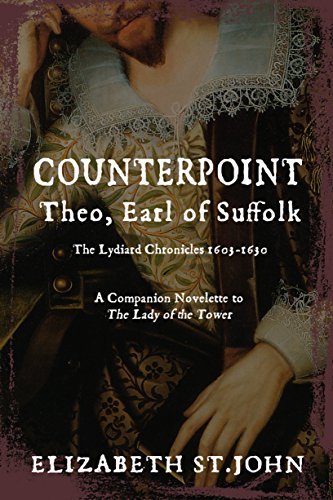
SHORT STORY Theo Howard, Earl of Suffolk is torn. Betrothed to a child to satisfy his family dynasty, he longs for the freedom to make his own choice. And when he attends a lavish party at his family's newly-restored palace, he is immediately attracted to Lucy, a beautiful young lavender-seller. But in this enchanted world of Shakespeare's Midsummer's Night Dream, all is not as it appears. Theo's headstrong sister Frances is determined to sabotage her own arranged marriage, and aided by the cunning of Frances and her friend Barbara St.John, perhaps Theo can find his own path to happiness and true love. When I wrote The Lady of the Tower, the story revealed itself in the narrative of my ancestress, Lucy St.John. But, as with all novels, other characters appeared, and their voices grew strong and insistent, demanding their own story be told. This is Theo's counterpoint to chapter six in the novel, in which Theo falls in love. A counterpoint is a melody played in conjunction with another, or an opposing viewpoint in an argument. Our lives are complex, and each one of us carries within us a counterpoint to another's story. Here is one to Lucy St.John, the lady of the Tower.
Author

Elizabeth St.John’s critically acclaimed historical fiction novels tell the stories of her ancestors: extraordinary women whose intriguing kinship with England's kings and queens brings an intimately unique perspective to Medieval, Tudor, and Stuart times. Inspired by family archives and residences from Lydiard Park to the Tower of London, Elizabeth spends much of her time exploring ancestral portraits, diaries, and lost gardens. And encountering the occasional ghost. But that’s another story. .